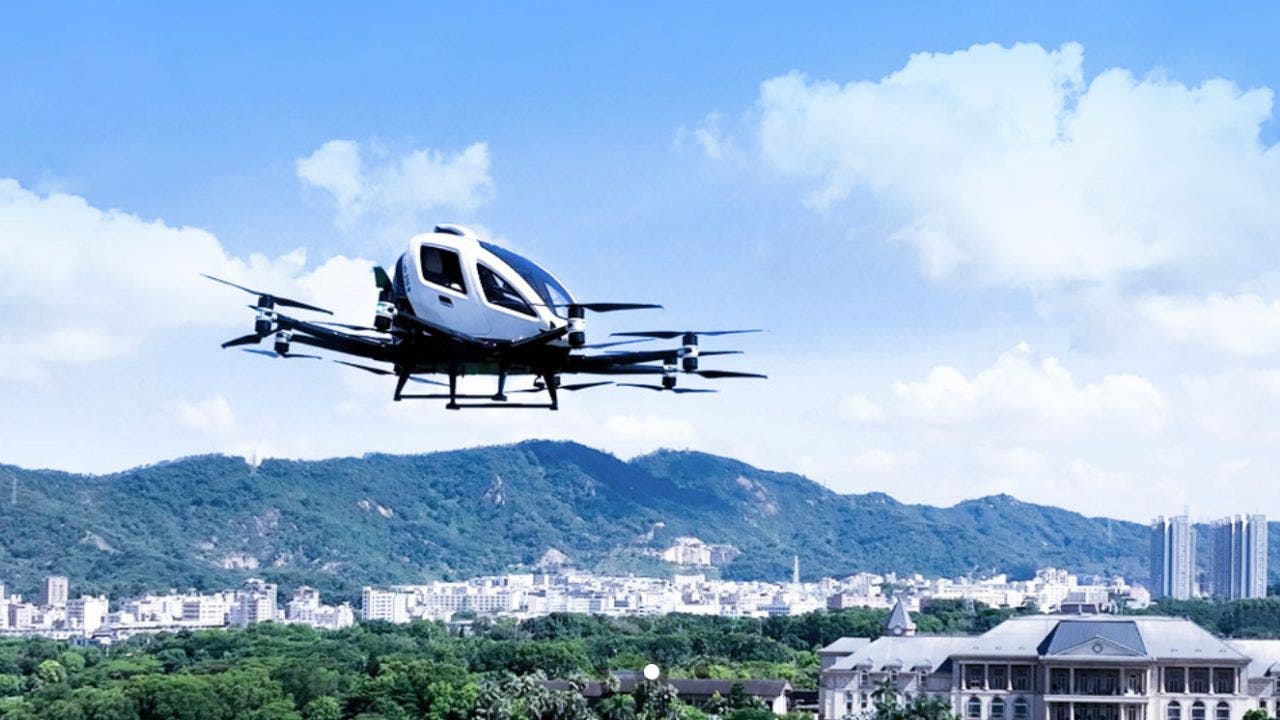Struggling to Keep Your Users Hooked? Here’s The Secret to Building an Addictive Platform That Will Keep People Coming Back For More.
Opinions expressed by Entrepreneur contributors are their own.
Businesses across various industries are exploring innovative ways to enhance user engagement and drive positive behaviors. Yet, keeping users hooked in an age of endless distractions can feel like an impossible task. One powerful tool gaining momentum is gamification — the application of game elements and mechanics in non-game contexts. But this concept goes far beyond mere entertainment — it’s a concept we like to call “motivational engineering.”
In a broader sense, it’s about harnessing the intrinsic human desire for progress, achievement, and – yes – even fun. Motivational engineering aims to shape and guide individuals in a desired direction, often aligning them with the objectives of an organization, platform or system. It’s proving to be a game-changer for companies seeking to boost retention, increase screen time, and achieve operational efficiency.
Related: Gamifying the Workplace — How Gamification Benefits the Workforce
The power of gamification
Imagine users who eagerly embark on daily “quests” disguised as core tasks — picture communities buzzing with friendly competition for virtual badges and accolades. Think loyalty programs transformed into epic journeys with tiered rewards and unlockable features. In an age where TikTok is a primary source of entertainment and YouTube and rabbit holes are a daily habit, gamification isn’t just a perk, it’s a lifeline. It transforms passive scrolling on popular apps like Instagram into active engagement, turning platforms into an attention-grabbing playground where users chase points, conquer challenges and level up, leaving competing apps in the dust. That’s the transformative power of gamification and motivational engineering.
These concepts tap into fundamental human motivators, such as competition and achievement, fostering social connections. My company’s internal data showed that users who engaged with a company’s motivational engineering features were nearly 50% more inclined to reengage. By integrating game-like elements like points, badges, and leaderboards, businesses can harness users’ intrinsic motivation, turning routine tasks into compelling challenges.
Personalization is key in motivational engineering
By tailoring challenges, rewards, and interactions based on user preferences, businesses create a targeted and individualized engagement strategy. This personal touch enhances the overall user experience, fostering a stronger emotional connection between users and the platform.
From fitness apps that gamify exercise into epic quests to e-commerce platforms rewarding loyalty with virtual treasure hunts, gamification is proving its mettle across the board.
Operational efficiencies
By gamifying onboarding processes, brands can introduce interactive learning opportunities. Users can navigate engaging challenges to familiarize themselves with product features and services. This not only accelerates the onboarding process but also ensures users have a comprehensive understanding of what platforms have to offer.
Users can be provided with real-time feedback and instant rewards for taking certain actions. When users take specific actions, such as completing their profiles, providing feedback, or exploring new features, the system responds with instant recognition. This can take the form of virtual badges, pop-up messages expressing gratitude or personalized notifications acknowledging the user’s contribution.
Users are encouraged to continue performing these desirable behaviors by receiving immediate recognition and rewards. This creates a positive feedback loop, which enhances the overall user experience and contributes to a more satisfying interaction with the system.
Just look at how educational language applications help users learn languages with bite-size lessons tied to earning points and rising in the ranks of a digital leaderboard. The app incentivizes users to continually learn and be “promoted” to a higher tier. This process helps gather insights into consumer preferences, behaviors, and needs, but it can also be used to improve operational processes, enhance products or services, and optimize resource allocation in future product updates.
Enhancing user retention
User retention is a perennial challenge for digital platforms. Gamification provides a solution by creating an environment where users feel a sense of accomplishment, progression and community. By continuously introducing new challenges and rewards, businesses can keep users hooked and prevent churn.
Gamification introduces a sense of accomplishment into users’ interactions with a platform and thrives on the principle of keeping content dynamic and evolving. Regularly introducing new challenges, quests and rewards ensures that users always have something fresh to explore. The anticipation of what comes next, coupled with the excitement of discovering new content, encourages users to maintain an active presence on the platform to stay ahead of the curve.
Imagine if Netflix introduced a system of gamified achievements that viewers can unlock in real time. As users accomplish milestones, whether in the form of watching a set number of ads, reaching usage milestones, or participating in community challenges, they receive access to premium content — like watching the premier of the final season of Stranger Things a week early, or the Rated R cut of filmmaker Zack Snyder’s upcoming sci-fi epic Rebel Moon.
This feeling of achievement not only satisfies intrinsic motivations but is also a powerful incentive for users to continue engaging with the platform to reach new milestones.
By tailoring challenges and rewards based on user preferences, behavior, and past interactions, businesses can create a more individualized experience. This personal touch increases the relevance of the gamified elements to each user, deepening their connection with the platform and making it more likely that they will continue to engage over the long term. While the goal is to increase screen time, it’s essential to strike a balance that aligns with users’ well-being. Responsible gamification ensures that the increased engagement is meaningful and contributes positively to users’ lives rather than fostering excessive screen time for its own sake.
Gamification has the potential to revolutionize the way companies engage with their audiences. As technology continues to evolve, businesses that embrace motivational engineering through gamification will likely find themselves at the forefront of creating compelling and enriching user experiences.





